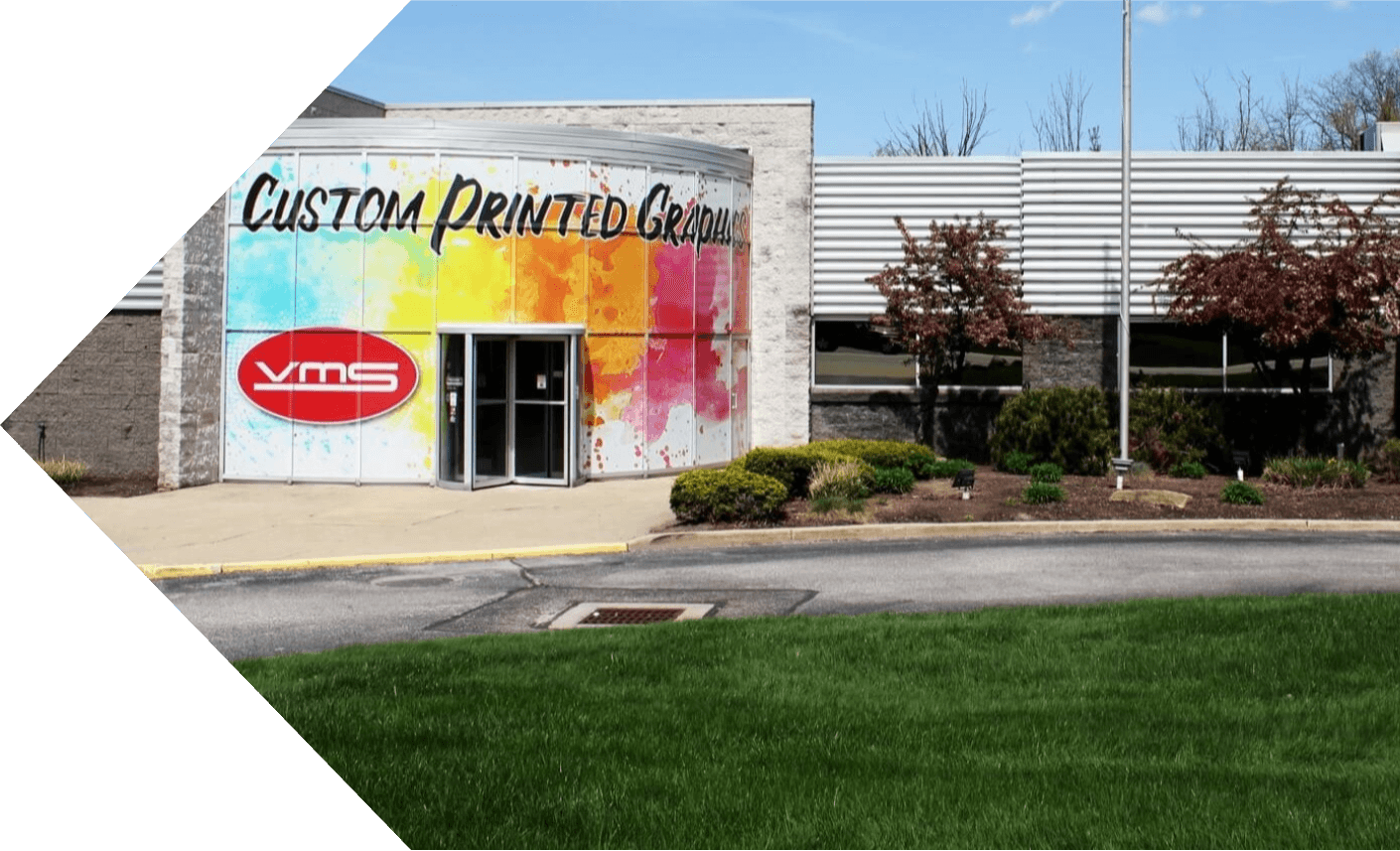When it comes to creating durable, high-quality OEM decals, one of the most critical considerations is the choice of base material. The base material forms the foundation of the label, decal, overlay, or nameplate "sandwich," and selecting the right material is essential for ensuring longevity, resilience, and visual appeal. In this blog, we'll explore the five most common types of decal materials and their respective thicknesses, focusing on their unique characteristics and ideal applications.
1. Polycarbonate: The Durable and Versatile Choice
Polycarbonate stands out for its exceptional durability and versatility across a wide range of surface applications. Known for its clarity and legibility, it offers excellent resistance to sparks, stains, moisture, heat, UV rays, abrasion, and corrosive chemicals. Brands like LexanTM are synonymous with quality polycarbonate. This material is perfect for electrical components, LED window overlays, faceplates, membrane switch overlays, ticket vending machine overlays, keypads, decorative branding, and durable product identification. Its ability to be embossed adds a tactile dimension to the labels.
2. Polyester: Withstanding the Elements
Polyester, commonly known by the brand name Mylar, is an excellent choice for applications requiring high-temperature resistance and exposure to outdoor elements. It resists abrasion, scratches, chemicals, and corrosive materials, making it suitable for keypads, switches, ATMs, kitchen appliances, and products needing to meet UL requirements. Polyester can withstand curvature, providing dimensional stability crucial for certain applications.
3. Vinyl/PVC: Efficient and Affordable
Vinyl, or PVC, is an efficient and cost-effective material choice offering moderate weather, chemical, moisture, and abrasion resistance. Brands like 3M™ Controltac™ and Arlon are well-known in this category. Vinyl is highly flexible and stretchable, capable of conforming to the shape of the end product. It is commonly used for markings on outdoor equipment, equipment instruction and identification labels, decorative labels, high-quality digital roll labels, asset and property ID labels, as well as die-cut letters and numbers.
4. Polyurethane: Unparalleled Durability
Polyurethane is an excellent choice for labels requiring excellent abrasion, chemical, and impact resistance. This material can handle repeated pressure and provides substantial durability for both indoor and outdoor use. Polyurethane is ideal for impact-resistant labels, those requiring a 3D appearance, and labels with flexible sizes and shapes.
5. Polystyrene: Lightweight and Flexible
Extremely lightweight, polystyrene is ideal for product identification labels, shelf marking, general-purpose indoor labels, and serves as an economic alternative to polyester. This material is particularly well-suited for indoor or temporary outdoor use and can handle contoured or curved surfaces.
The right choice of decal material can make all the difference for your OEM products. Whether you prioritize durability, flexibility, or cost-effectiveness, there's a material and thickness suited to your specific needs. Understanding the unique characteristics of polycarbonate, polyester, vinyl/PVC, polyurethane, and polystyrene empowers you to make informed decisions, ensuring your OEM decals not only meet but exceed expectations in every application. Contact us today to get started on your next OEM decal project.



Leave a comment